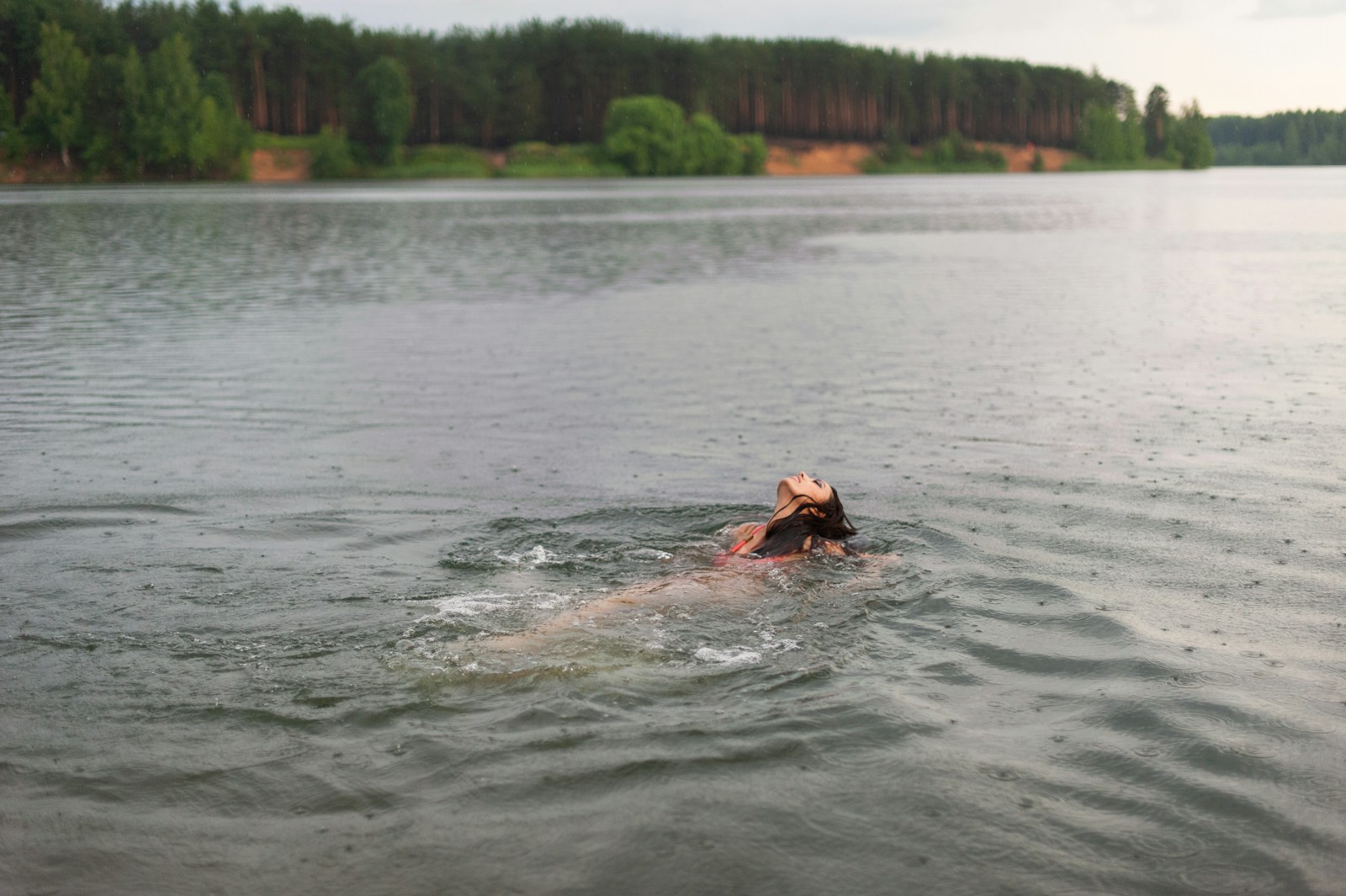
A Journey into the Enchantment of British Boarding School Novels
When we think about British boarding school novels, a cascade of nostalgia and whimsy rushes to mind. Many of us recall the laughter, the camaraderie, and the sense of adventure that these stories encapsulate. From mischievous pranks to secret midnight feasts, these novels offer a rich tapestry of experiences that keep readers hooked. But what is it about these tales that cultivates such a fervent obsession? Let’s delve into the world of British boarding school novels and explore the elements that make them so irresistible.
A Unique Setting: The Allure of the Boarding School
The very setting of a boarding school is ripe for storytelling. Picture a grand, often ivy-covered building, cloaked in historical charm and mystery. These institutions, removed from the hustle and bustle of everyday life, create a bubble where anything can happen. The same rules apply: students live together, learn together, and inevitably, their lives intertwine in ways that only the confines of such an environment can facilitate.
The enclosed nature of boarding schools allows for a unique dynamic among characters. Friendships form quickly, rivalries simmer, and alliances shift like the wind. This heightened emotional landscape leads to a plethora of adventures and misadventures. The quaint charm of the English countryside, combined with the eerie hallways of old school buildings, sets the perfect stage for intriguing plots, making every corner seem like it holds a secret waiting to be discovered.
Classic Characters: Archetypes That Resonate
One reason we find these stories so captivating is their unforgettable characters. Each boarding school novel tends to follow a cast of archetypes that resonate with readers: the clever protagonist, the bumbling sidekick, the enigmatic loner, and the stern yet wise headmaster. These characters embody traits and quirks that reflect our real-world experiences, making them relatable and memorable.
Take, for instance, the quintessential prankster—often the heart of the story. This character is usually clever, resourceful, and full of ideas that seem harmless yet lead to chaotic outcomes. Their escapades not only entertain but also illustrate the spirit of youth: the desire to break free from rules, explore the unknown, and forge one’s identity.
On the other hand, we have the more serious characters, often seen as authority figures, like the headmaster. Their presence brings tension and conflict, offering valuable lessons about responsibility, discipline, and the importance of making choices. This balance between mischief and morality adds depth to the narrative, making it relatable to readers of all ages.
Themes of Friendship and Loyalty
At the heart of many boarding school tales is the theme of friendship. These novels often depict the forging of lifelong bonds amid adverse conditions and thrilling experiences. Whether it’s standing shoulder to shoulder during a prank war or comforting each other during a tough exam, the relationships formed in these stories remind us of the importance of camaraderie.
The loyalty among friends often takes center stage, showcasing how these bonds help characters navigate challenges. Readers can vividly remember the thrill of a midnight feast, where friends gather to share secrets and delights in the quiet of the night. Such moments encapsulate the essence of youth—an exhilarating blend of adventure, rebellion, and connection that make us long for those simpler times.
The Thrill of Adventure and Mischief
Nothing quite compares to the excitement that comes with a good prank or secret mission. British boarding school novels thrive on the tension and thrill of mischief. These stories often feature elaborate schemes, where students devise clever ways to evade authority while indulging in their whims. Whether it’s sneaking out for a midnight feast or orchestrating an elaborate prank on a teacher, the thrill of adventure keeps readers engaged.
These tales often balance lighthearted fun with genuine moments of growth and learning. The characters may find themselves in sticky situations that challenge their morals and decision-making skills. In this way, the adventure serves not only to entertain but also to impart valuable life lessons in a manner that resonates with readers.
The Connection to Tradition and History
British boarding school novels are steeped in tradition, drawing on the rich history of the British education system. Many of these stories feature real-life institutions that have shaped generations of students, adding a layer of authenticity to the narrative. This connection to history invites readers to explore the past while immersing themselves in a fictional world that feels both familiar and enchanting.
The traditions depicted in these novels—be it the house system, annual events, or age-old rivalries—are often reflective of actual practices in boarding schools. This mixture of fact and fiction creates a compelling backdrop that invites readers to lose themselves in an idyllic world, one where they can experience the nostalgia associated with school days gone by.
The Appeal of Nostalgia
As we immerse ourselves in these stories, we cannot ignore the powerful wave of nostalgia they evoke. For many, the boarding school setting serves as a reminder of a simpler time—an idyllic escape from the complexities of adult life. It allows readers to revisit their own experiences of friendship, mischief, and coming-of-age moments with a fond sense of remembrance.
In a world where the hustle and bustle of daily life can be overwhelming, the charm of a boarding school novel provides a comforting respite. Readers find solace in the familiarity of the setting and characters, rekindling memories of their own school days, friendships, and adventures. This connection is vital in cultivating an enduring love for these stories.
Modern Takes on a Classic Genre
While classic British boarding school novels have stood the test of time, contemporary adaptations and reinterpretations of the genre introduce fresh perspectives. Modern authors skillfully blend tradition with current societal issues, providing readers with relatable narratives that resonate in today’s world.
These modern tales often explore themes of diversity, mental health, and the challenges faced by today’s youth. By addressing contemporary issues within the familiar framework of a boarding school, authors create relatable characters and scenarios that engage a new generation of readers. This evolution keeps the genre alive and relevant, ensuring that it continues to captivate audiences for years to come.
Conclusion: The Enduring Magic of Boarding School Stories
The charm of British boarding school novels lies in their ability to transport us to a world filled with adventure, friendship, and mischief. These stories encapsulate the essence of youth while offering valuable lessons and insights into the human experience. Their timeless themes, unforgettable characters, and enchanting settings create an enduring magic that resonates with readers of all ages.
As we close the pages of these novels, we are often left with a sense of nostalgia and warmth, a reminder of the adventures we once had and the friendships we forged. Whether you are revisiting a childhood favorite or discovering a new tale, the world of boarding school novels remains a captivating, delightful escape that invites us to relive our own stories of laughter, loyalty, and unforgettable moments.



